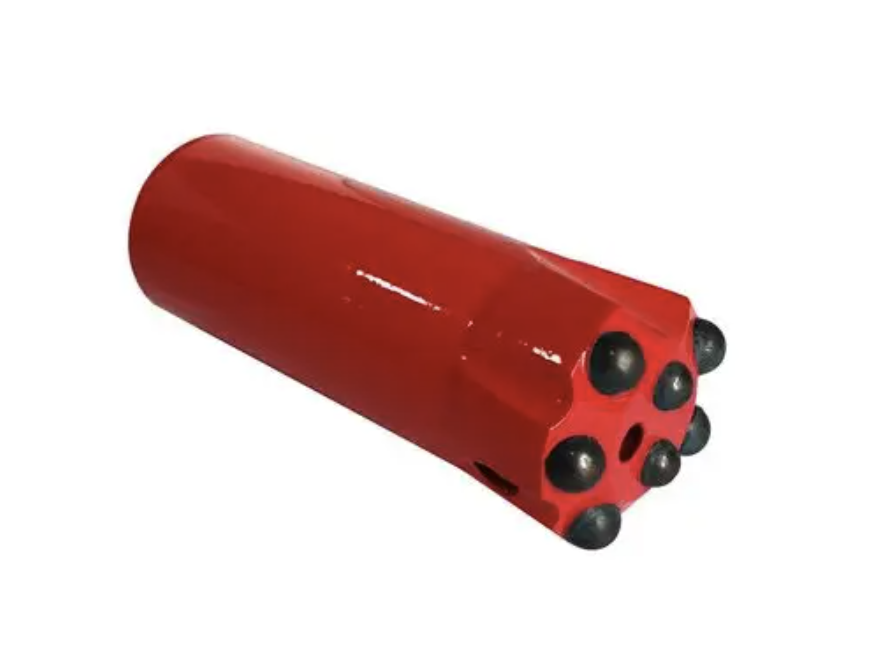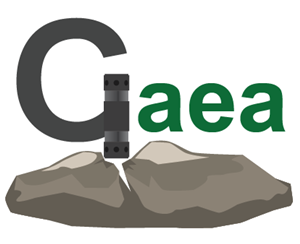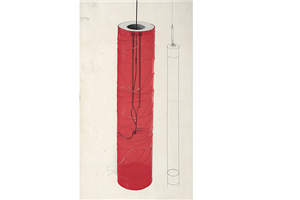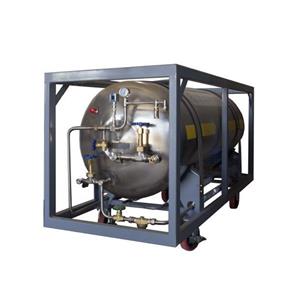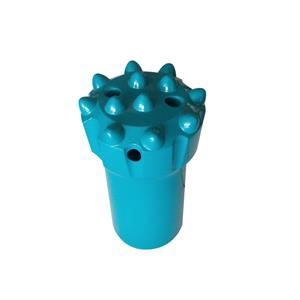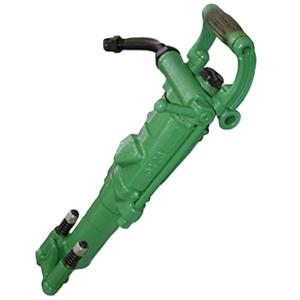Analysis of Thread Button Bit Failures: Four Key Factors Determining Service Life
Why do some thread button bits exhibit exceptional durability under identical working conditions, while yours fail frequently, significantly increasing construction costs and downtime risks? In-depth analysis reveals that four core factors dominate the lifespan performance of these bits:
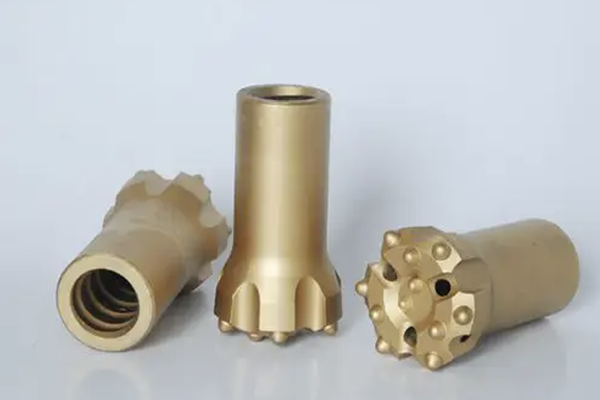
Improper Operation: Human Factors Accelerate Wear
Non-Compliant Practices: Applying excessive feed pressure during drilling, using the bit to forcibly pry loose rocks, or continuing to operate after the carbide buttons have severely worn and dulled—these actions greatly increase the likelihood of carbide buttons cracking or fracturing.
Dry Firing Hazards: When the bit undergoes high-speed idle impacts without rock support (commonly known as "dry firing"), it can easily cause the carbide buttons to shatter and fly off instantly.
Harsh Working Conditions: Unavoidable Environmental Erosion
Rock Properties: High-hardness, highly abrasive rock layers, as well as structurally complex and uneven formations, dramatically accelerate surface wear on the bit.
Corrosive Environments: The presence of moisture, corrosive gases, or high concentrations of abrasive dust in the operating environment continuously erodes the bit body material, markedly weakening its fundamental strength and overall wear resistance.
Design and Manufacturing Defects: Inherent Flaws Create Hidden Risks
Material Selection Errors: If the bit body material lacks sufficient tensile and fatigue strength, it is prone to fracturing in the early or mid-stages of service.
Structural Design Flaws: Unreasonable geometric design of the bit body, leading to localized abnormal stress concentrations, significantly heightens the risk of fracture under complex alternating loads.
Thermal Fatigue Effects: The Invisible Killer Under Extreme Loads
Thread button bits, subjected to continuous high-speed rotation and high-pressure cyclic impact loads, generate instantaneous high temperatures due to intense friction. This is followed by rapid cooling from the medium, creating repeated hot-cold cycles that act on the internal material structure. These cycles induce the initiation and propagation of microscopic thermal stress cracks, ultimately leading to material degradation and failure.
